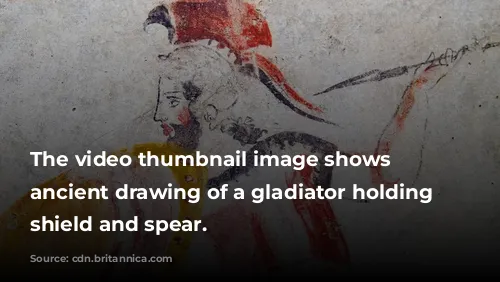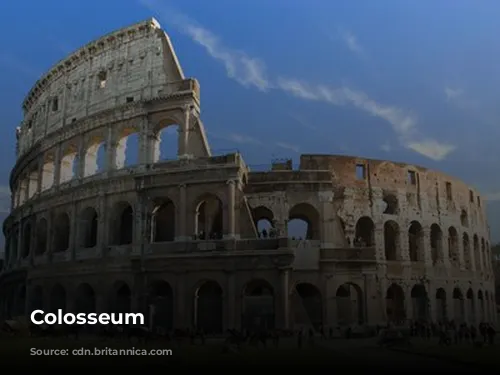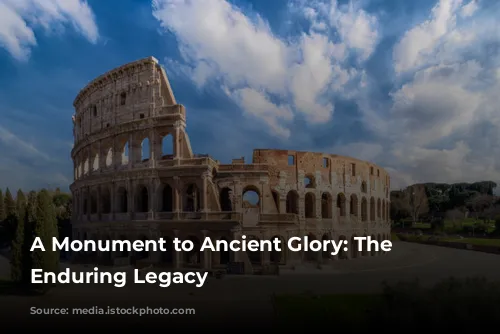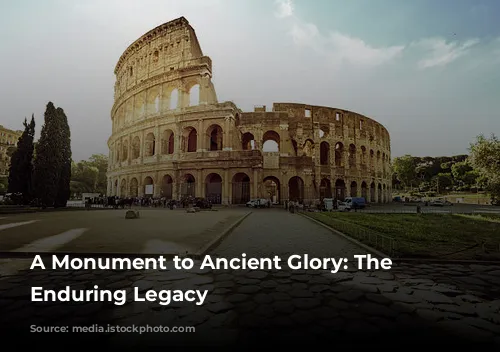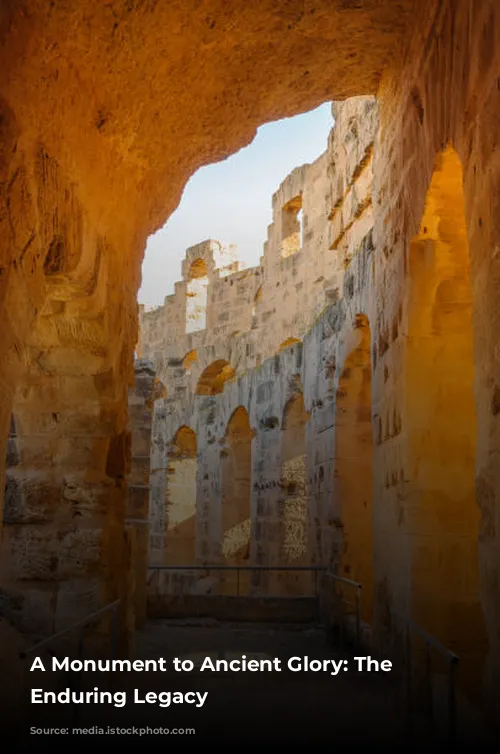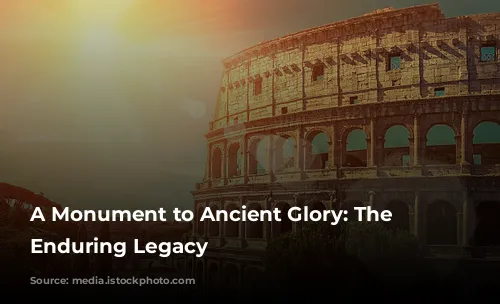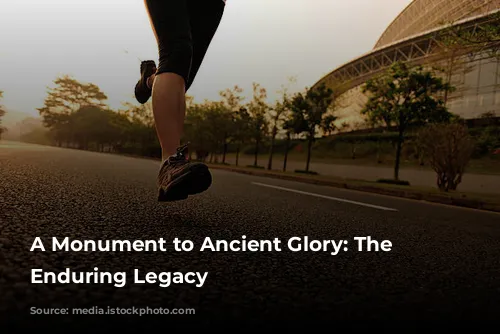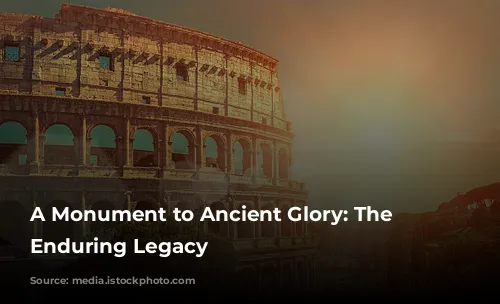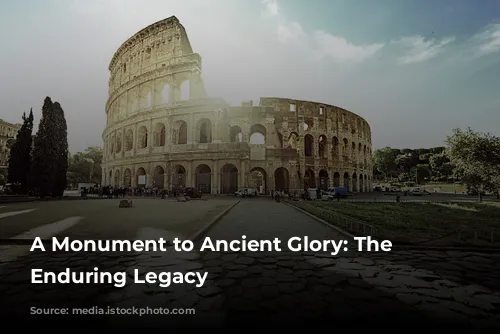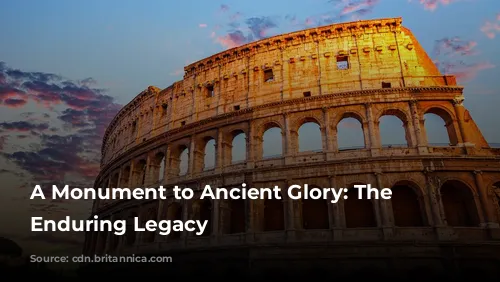The Colosseum stands as a testament to the architectural and engineering brilliance of ancient Rome. More than just a historical relic, it’s also a major source of tourism revenue for Italy. In 2018, the Colosseum, Roman Forum, and Palatine Hill together generated over $63.3 million (€53.8 million), making it Italy’s most lucrative tourist attraction.
This iconic structure, one of the few relatively unscathed remnants of the Roman Empire, has endured centuries of neglect and repurposing. After the fall of the Western Roman Empire, the Colosseum fell into a state of disrepair. In the 12th century, it was transformed into a fortress by the Frangipane and Annibaldi families. Later, in the late 15th century, Pope Alexander VI permitted the Colosseum to be used as a quarry. This period of neglect lasted over a thousand years, until state-funded restoration efforts began in the 1990s.
A Symbol of Imperial Power
The Colosseum’s construction began under Emperor Vespasian between 70 and 72 CE, a time of rebuilding and revitalization for Rome. This amphitheater was intended to be a place of entertainment, much like other arenas of the time. It was to host gladiatorial contests, animal hunts, and even mock naval battles, a testament to the grandeur and ambition of Roman emperors.
The Colosseum was officially dedicated in 80 CE by Titus, Vespasian’s son and successor. The fourth story was added by Emperor Domitian in 82 CE. The Colosseum’s funding came from the spoils of war, specifically from Titus’s conquest of Jerusalem in 70 CE. The labor force for this massive project consisted of Jewish slaves from Judaea.
A Masterpiece of Architecture and Engineering
The Colosseum is an elliptical amphitheater constructed of stone, concrete, and tuff. It stands four stories tall, measuring an impressive 620 by 513 feet (189 by 156 meters). This colossal structure could accommodate up to 50,000 spectators, making it one of the largest arenas ever built. The Colosseum is famous for its use in gladiatorial combat, a spectacle that captivated the Roman populace.
The Colosseum’s unique construction techniques reflect the Roman Empire’s engineering prowess. Unlike earlier amphitheaters, which relied on hillsides for support, the Colosseum is a freestanding structure. It uses a complex system of barrel vaults and groin vaults, offering remarkable strength and stability. The structure’s exterior is adorned with engaged columns in the Doric, Ionic, and Corinthian orders, a feature that became a defining characteristic of Renaissance architecture.
A Testament to Roman Spectacle
Spectators were shielded from the sun by a massive retractable awning known as a velarium. This complex system required hundreds of Roman sailors to manipulate the rigging that extended and retracted the awning, a testament to the Roman Empire’s ingenuity and logistical prowess.
The Colosseum served as the stage for countless gladiatorial contests, animal hunts, and mock naval battles. While the Colosseum’s role in the martyrdom of early Christians is uncertain, it remains a powerful symbol of ancient Rome’s brutality and grandeur.
A Legacy of Resilience
Over the centuries, the Colosseum has seen its share of hardship. It was damaged by lightning, earthquakes, and vandalism. The marble seats and decorative elements were stripped away, and the site was used as a quarry for over a thousand years. However, the Colosseum’s enduring spirit and its enduring significance have ensured its preservation.
Preservation efforts began in earnest in the 19th century, with notable contributions from Pope Pius VIII. A major restoration project was undertaken in the 1990s, securing the Colosseum’s future. It has long been one of Rome’s most popular tourist attractions, welcoming close to seven million visitors annually. The Colosseum continues to captivate visitors with its scale, grandeur, and the enduring legacy of the Roman Empire.

